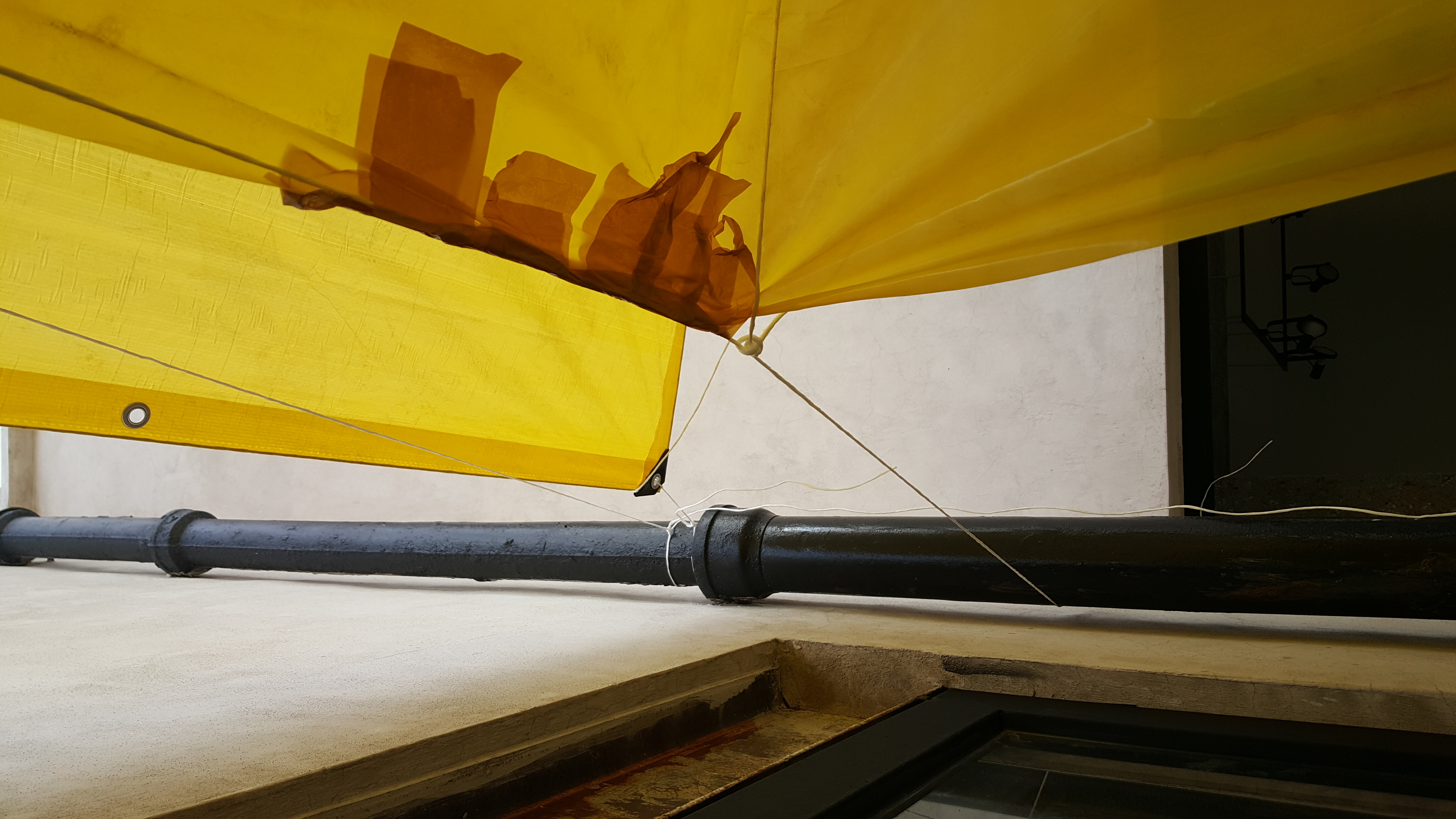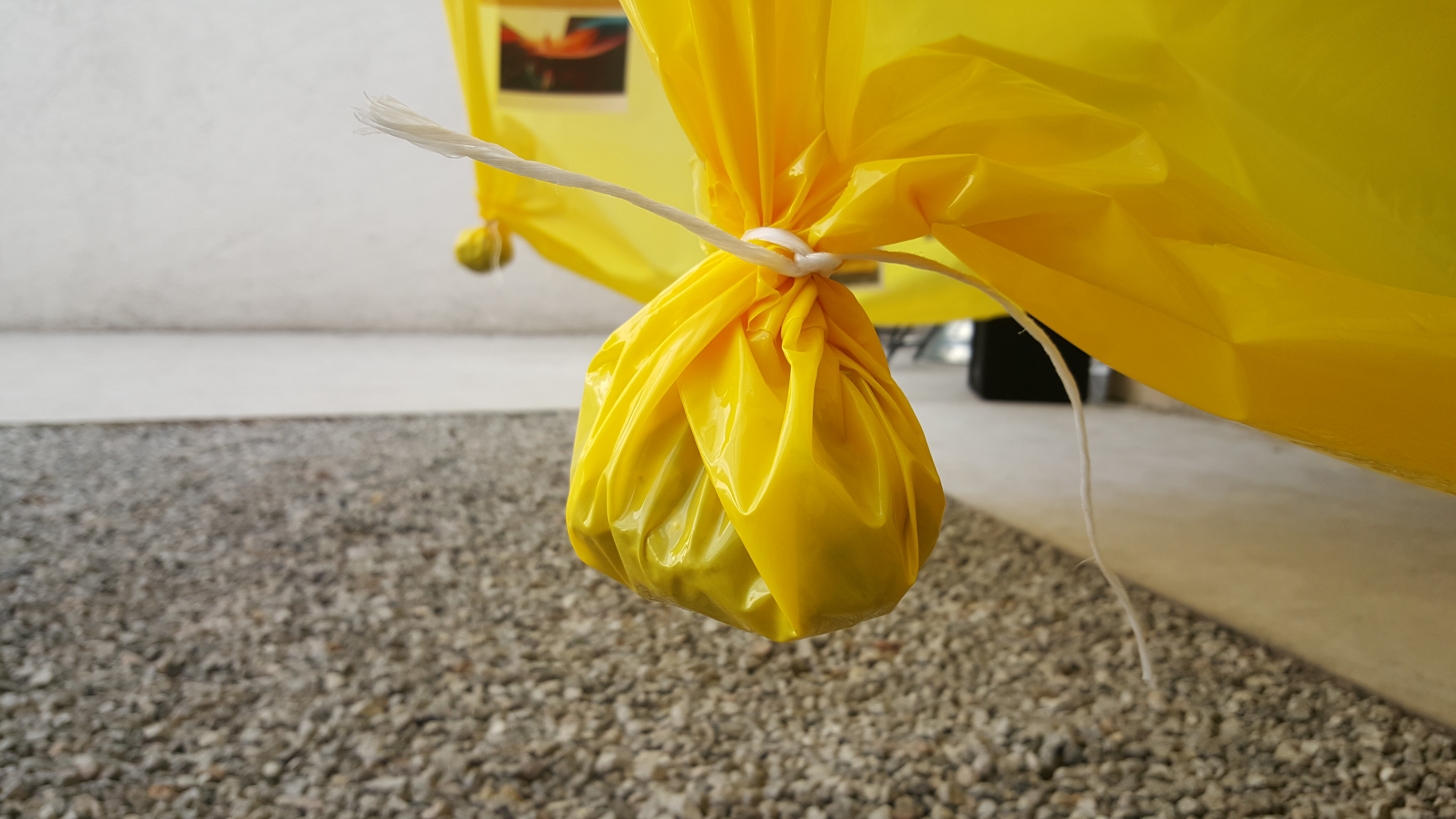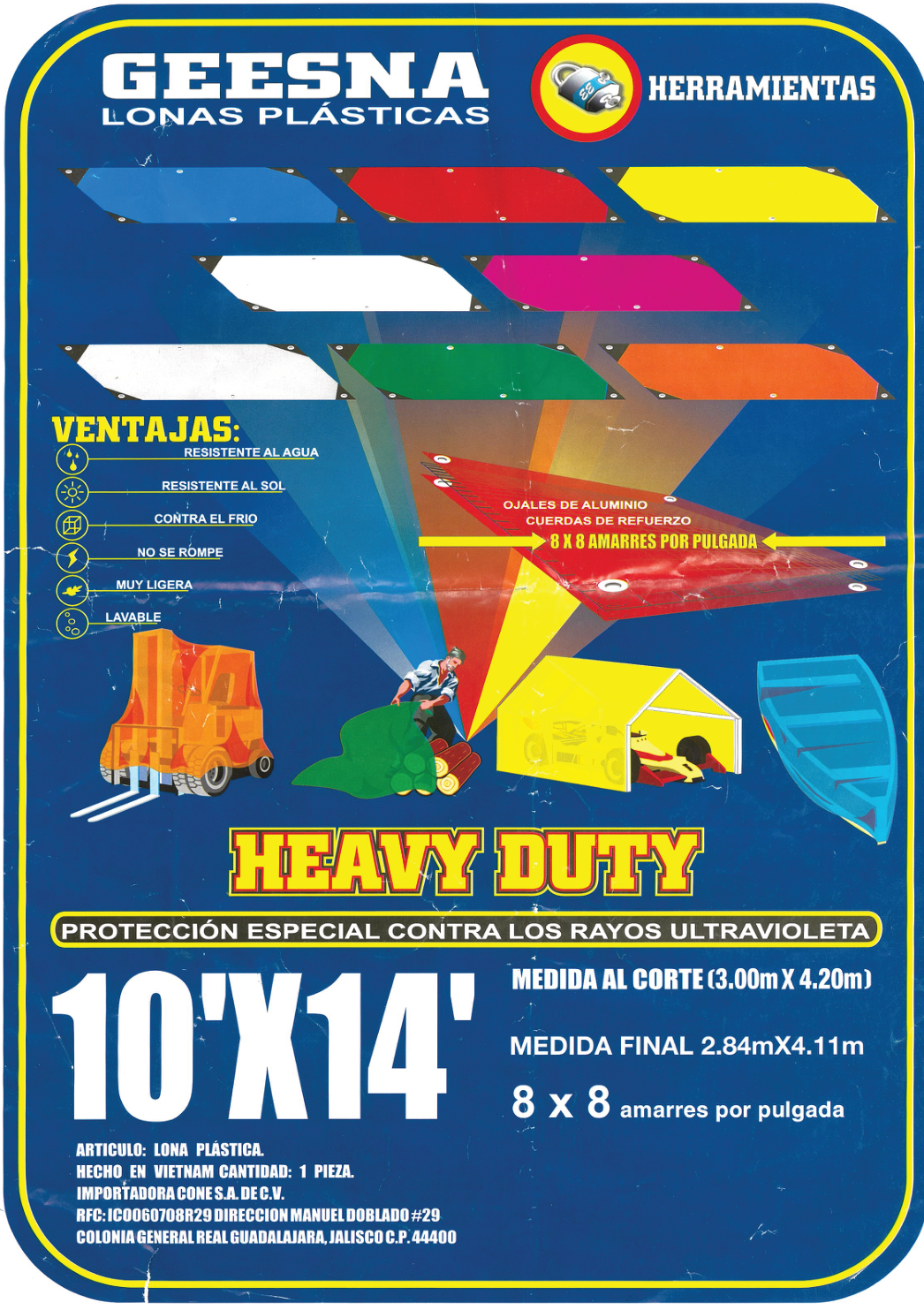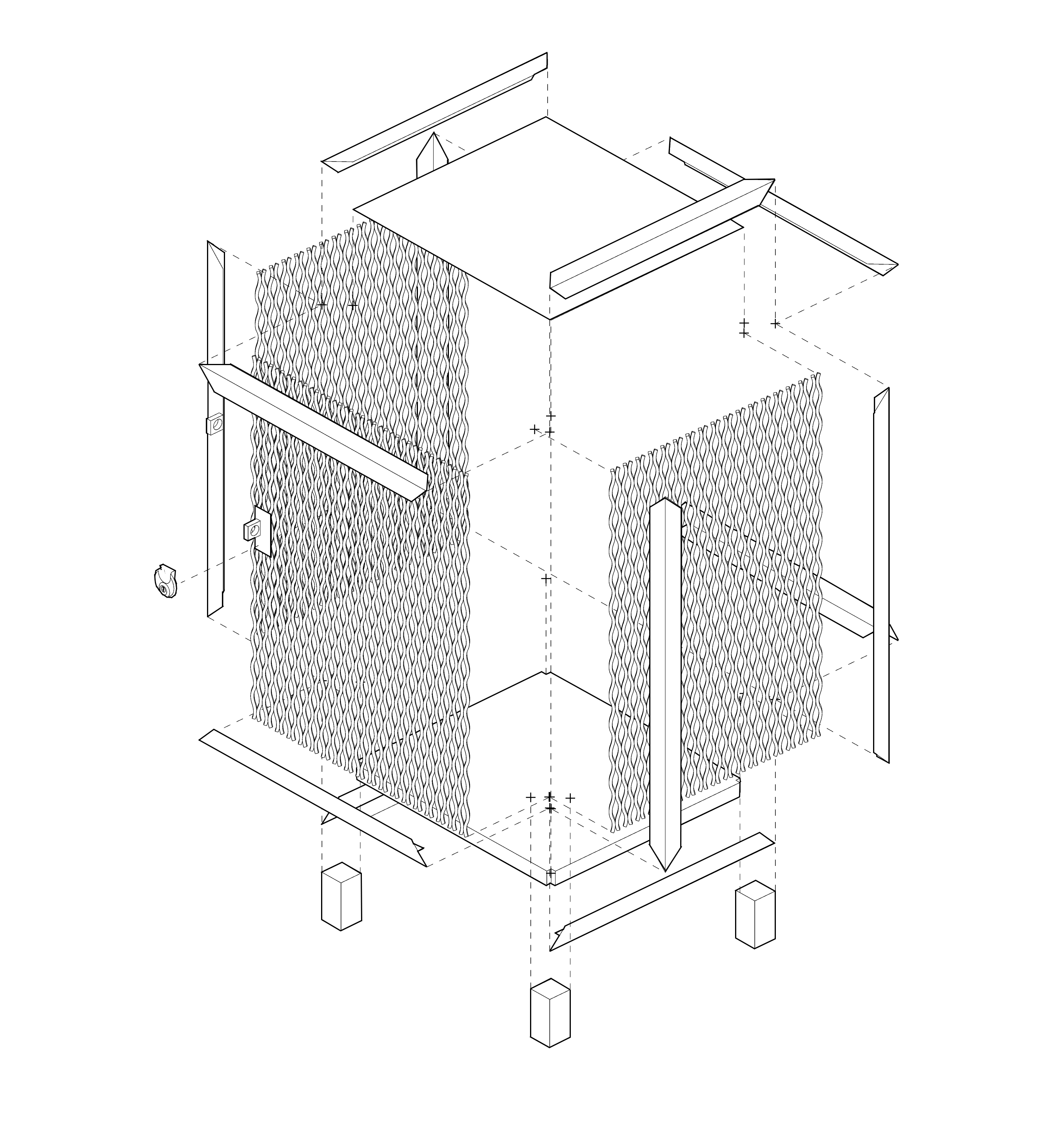International Placemaking
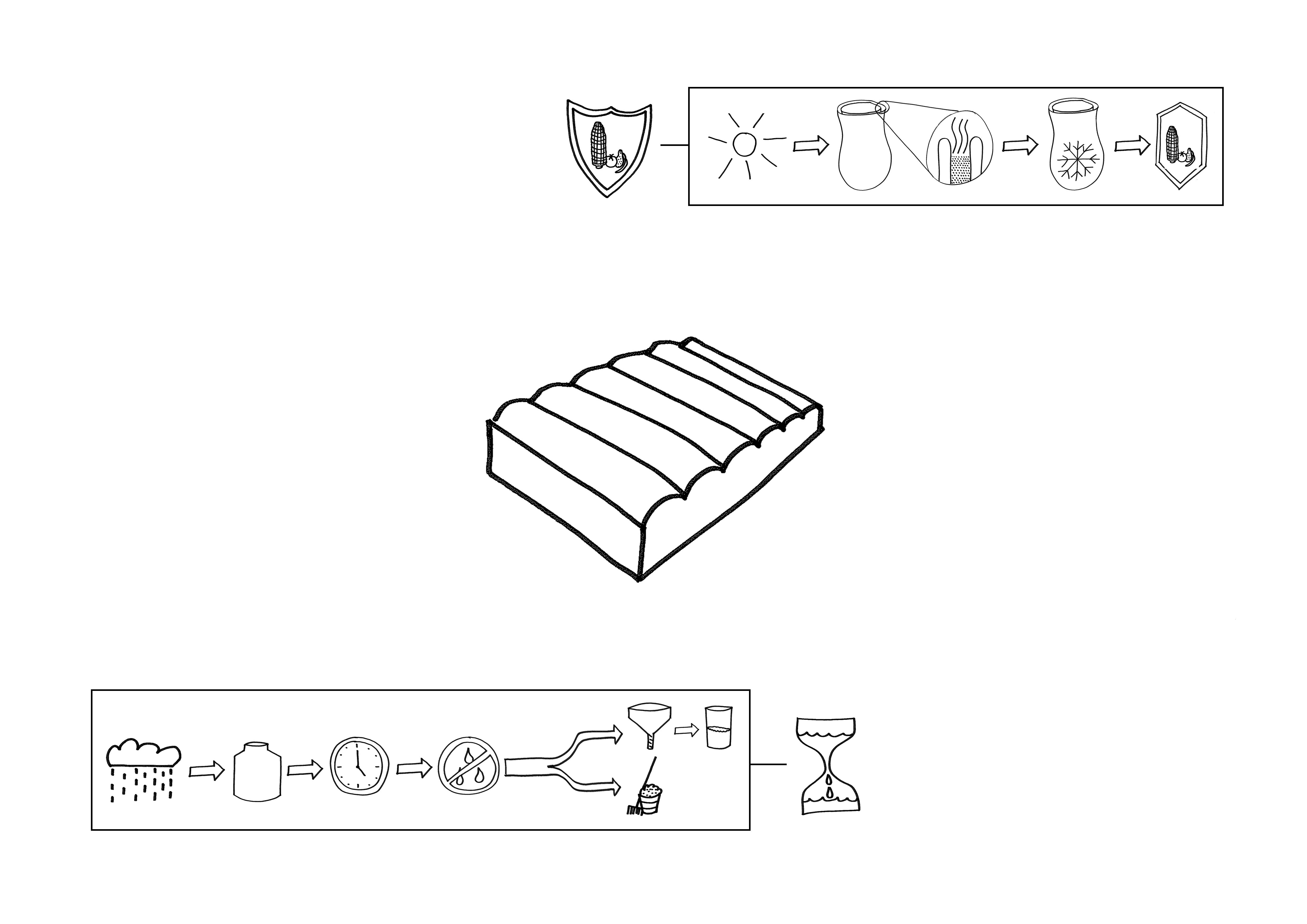
Program proposal for Marcado Sonora in Mexico City
in International Placemaking Studio - Rethinking the Public Realm
as part of MSc. Urbanism studies at KTH
in collaboration with Marta Popiołek and Wei Wang
as part of MSc. Urbanism studies at KTH
in collaboration with Marta Popiołek and Wei Wang
The task was to analyse Mexico City’s informal markets from the perspective of weather protection, based on Hannes Meyer’s 1929 manifesto Bauen and the 12 motivations for building. Mercado Sonora was chosen as a case study.
The project asked how public and private spaces within the city can be used and organized to facilitate the collectivization of fundamental urban life processes? Who is served by these spaces and what interventions—from the scale of objects to public spaces—need to be made in order to support them?
We engaged in a seven day workshop in Mexico City gathering first hand material and experience of the place, including interviews of the users of the space, analysing Mercado Sonora and its context.
We subsequently developed a program proposal which aims to reinforce the physical and psychological security of street vendors. To simultaneously protect against and utilize weather conditions in order to secure the vendor’s goods and access to water. It seeks to physically manifest the permanence of street vendors located outside official market buildings in order to increase the sense of ownership and a ‘right to place’ among these vendors.
The project was mediated through book-format as well as through an installation in Proyector art space in Industrial, Mexico City
www.proyectormx.org/
The project asked how public and private spaces within the city can be used and organized to facilitate the collectivization of fundamental urban life processes? Who is served by these spaces and what interventions—from the scale of objects to public spaces—need to be made in order to support them?
We engaged in a seven day workshop in Mexico City gathering first hand material and experience of the place, including interviews of the users of the space, analysing Mercado Sonora and its context.
We subsequently developed a program proposal which aims to reinforce the physical and psychological security of street vendors. To simultaneously protect against and utilize weather conditions in order to secure the vendor’s goods and access to water. It seeks to physically manifest the permanence of street vendors located outside official market buildings in order to increase the sense of ownership and a ‘right to place’ among these vendors.
The project was mediated through book-format as well as through an installation in Proyector art space in Industrial, Mexico City
www.proyectormx.org/
Mercados
Mexico City is a place where the city life happens outdoors regardless of the time of year, time of day and other conditions. The city never stops and the number of people and vehicles passing by is countless and overwhelming.
Residents have developed an ability to deal with any weather condition, allowing themselves to operate outside all year, crucial to a society that relies on street trade to such a big extent. Mexico City leaves an impression that it functions around its tianguis (open air bazaars) with food vendors and stands characterized by their local symphonies of colors, smells and sounds. In some parts of the city, this creates an almost separate level of the city and gives the impression of endless corridors in which one is sheltered from external conditions. A microclimate and space is created with different air, lighting and character. The shelter as a structure provides, in its relative simplicity, reliable weather protection against the conditions prevailing in these places.
The tianguis are very visible sections of the city with at times entire streets sheltered in order to protect the traders from the weather. This creates a unique system of hundreds of tarps and plastic covers and thousands of strings and ropes on which the whole structure rests. The skeleton of ropes and strings remain through the night and through the years while the covers, goods and people create “the market” daily. The tarp-structures are therefore, paradoxically, an ongoing temporality.
Residents have developed an ability to deal with any weather condition, allowing themselves to operate outside all year, crucial to a society that relies on street trade to such a big extent. Mexico City leaves an impression that it functions around its tianguis (open air bazaars) with food vendors and stands characterized by their local symphonies of colors, smells and sounds. In some parts of the city, this creates an almost separate level of the city and gives the impression of endless corridors in which one is sheltered from external conditions. A microclimate and space is created with different air, lighting and character. The shelter as a structure provides, in its relative simplicity, reliable weather protection against the conditions prevailing in these places.
The tianguis are very visible sections of the city with at times entire streets sheltered in order to protect the traders from the weather. This creates a unique system of hundreds of tarps and plastic covers and thousands of strings and ropes on which the whole structure rests. The skeleton of ropes and strings remain through the night and through the years while the covers, goods and people create “the market” daily. The tarp-structures are therefore, paradoxically, an ongoing temporality.
The structures might seem chaotic and unstable at first but they are a result from decades of experience and practise manifested in the local vernacular knowledge. The spaces are organically self-built and far from standardized institutionalized processes. The spaces are easily created and easily dismantled. We sometimes mistake heavy concrete structures as long lasting and lighter structures as temporary while the latter are the ones who are resilient and adaptive to long and short term change. That makes the market as a space ever-recurring, continually created and re-created, enabling it to last from pre-hispanic times to the present day.
These places are designed to meet the natural, social and economic challenges of the present day. Apart from protecting the market vendors, their goods and customers from rain and heat, they create a defined social space symbolizing trade. The place beneath the tarps is a highly social place, dominated by interaction, trade and talk.
An article by Feike De Jong and Gustavo Graf (City Lab, 2018) tells a story about Raymundo Jimenez, 61, a former laborer turned butcher to work in the markets due to amenities such as working outside and human contact, stating that there is a “lot of kidding around” at the markets. A set of interviewees also prefered markets due to “the atmosphere” and “the kind of people” found there and said that the market “feels more alive” than their corporate alternatives.
These places are designed to meet the natural, social and economic challenges of the present day. Apart from protecting the market vendors, their goods and customers from rain and heat, they create a defined social space symbolizing trade. The place beneath the tarps is a highly social place, dominated by interaction, trade and talk.
An article by Feike De Jong and Gustavo Graf (City Lab, 2018) tells a story about Raymundo Jimenez, 61, a former laborer turned butcher to work in the markets due to amenities such as working outside and human contact, stating that there is a “lot of kidding around” at the markets. A set of interviewees also prefered markets due to “the atmosphere” and “the kind of people” found there and said that the market “feels more alive” than their corporate alternatives.

